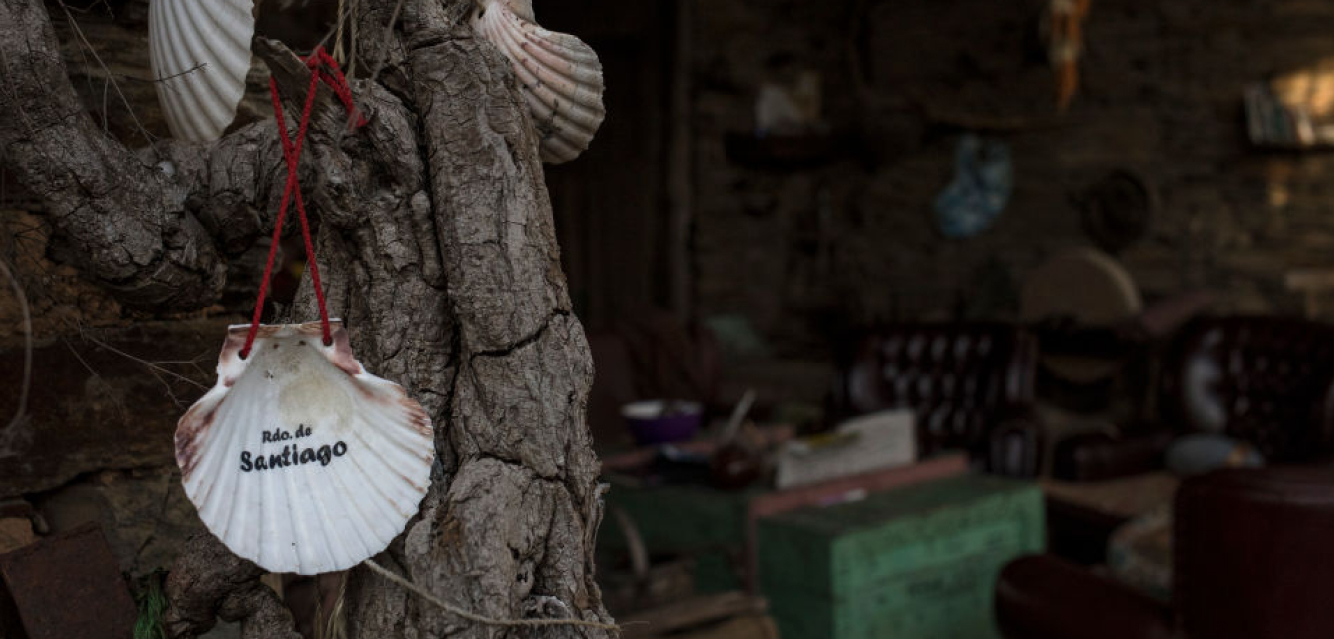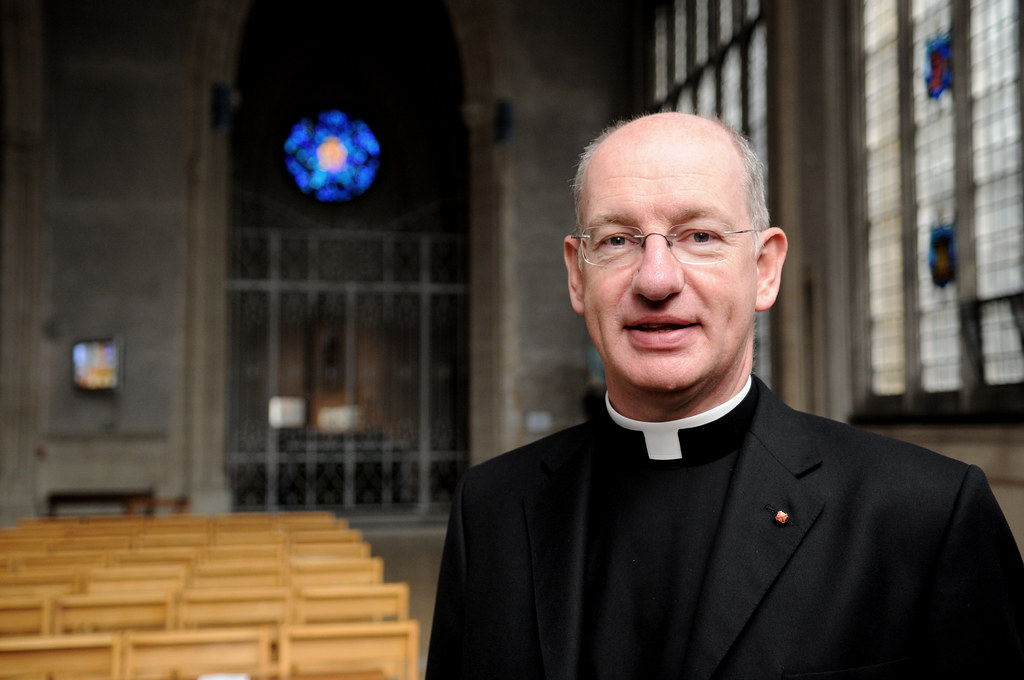One of England's segments of the famous Camino de Santiago pilgrimage is at risk of being blighted by a huge solar farm that is being proposed to be built in response to the "climate emergency" and "growing risks to UK food production".
The potential site sits directly on the 68-mile pilgrimage segment from Reading to Southampton of the Camino de Santiago that pilgrims have walked for over a thousand years, and which became the fist pilgrimage route to be included on the Unesco World Heritage Site list in 1993.
The Camino de Santiago is a network of ancient pilgrim routes that stretch across Europe and converge at the tomb of St James – Santiago in Spanish – in Santiago de Compostela in northwest Spain. In former times, English pilgrims would travel to Southampton to embark by ship to the European mainland, from where they would continue on their pilgrimage toward the tomb of St James.
The Reformation all but put an end to pilgrimage in England, although recently, thanks to the efforts of the likes of the British Pilgrimage Trust and the Latin Mass Society organising pilgrimages to Walsingham, pilgrimage in the UK is undergoing a revival.
If built, residents in the rural village of Monk Sherborne, in Hampshire, said the 216-acre solar farm project would transform a beautiful, historic rural setting into what they have described as looking like “Stalag Luft III” – referring to the infamous WWII German prisoner of war camp – with 9ft-high fencing, CCTV towers and industrial-scale solar arrays stretching across prime agricultural land, reports the Daily Telegraph.
Regarding the pilgrimage route passing through the site, there are concerns that anyone walking the route would find this sacred pathway blighted by what amounts to an industrial enclosure, altering the experience of this centuries-old spiritual journey forever.
There have been 180 objections to the proposal – due to be built on land owned by Queen’s College, Oxford – with several citing the harm it may cause to the English segment of the Way of St James, notes the Telegraph.
The site is also just a few hundred metres from the Grade I listed All Saints Church, one of the oldest surviving ecclesiastical buildings in Hampshire, with roots dating back to the 12th century. The churchyard also contains the grave of George Austen, brother of JaneAusten, adding yet more cultural significance to the site.
Concerns have also been raised about the environmental impact of the development on local wildlife, including skylarks, hares, owls and badgers.
The proposed solar farm, known as the Stokes Lane Solar Farm, will provide energy to power 9,390 homes annually and will operate for 40 years, reports the Telegraph.
It notes a spokesperson for Solar2, the renewable energy developer behind the proposal, saying: “Viewed within the context of the climate emergency, energy security, environmental degradation, and growing risks to UK food production, this proposal is a necessary and urgent response.
“We believe the need for projects such as Stokes Lane Solar Farm outweigh their minimal and localised impacts – a view that we explain consistently through our engagement strategy.”
The consultation period on the proposal had been due to close on 5 August. Given the number of objections, though, Basingstoke and Deane Council have extended the consultation period to 25 August.
Photo: A scallop shell, the symbol of the Camino, hangs on a tree by a refuge for pilgrims on the Camino de Santiago near Samos, Galicia, Spain, 23 November 2020. (Photo by Siegfried Modola/Getty Images.)







.png)

.jpg)






